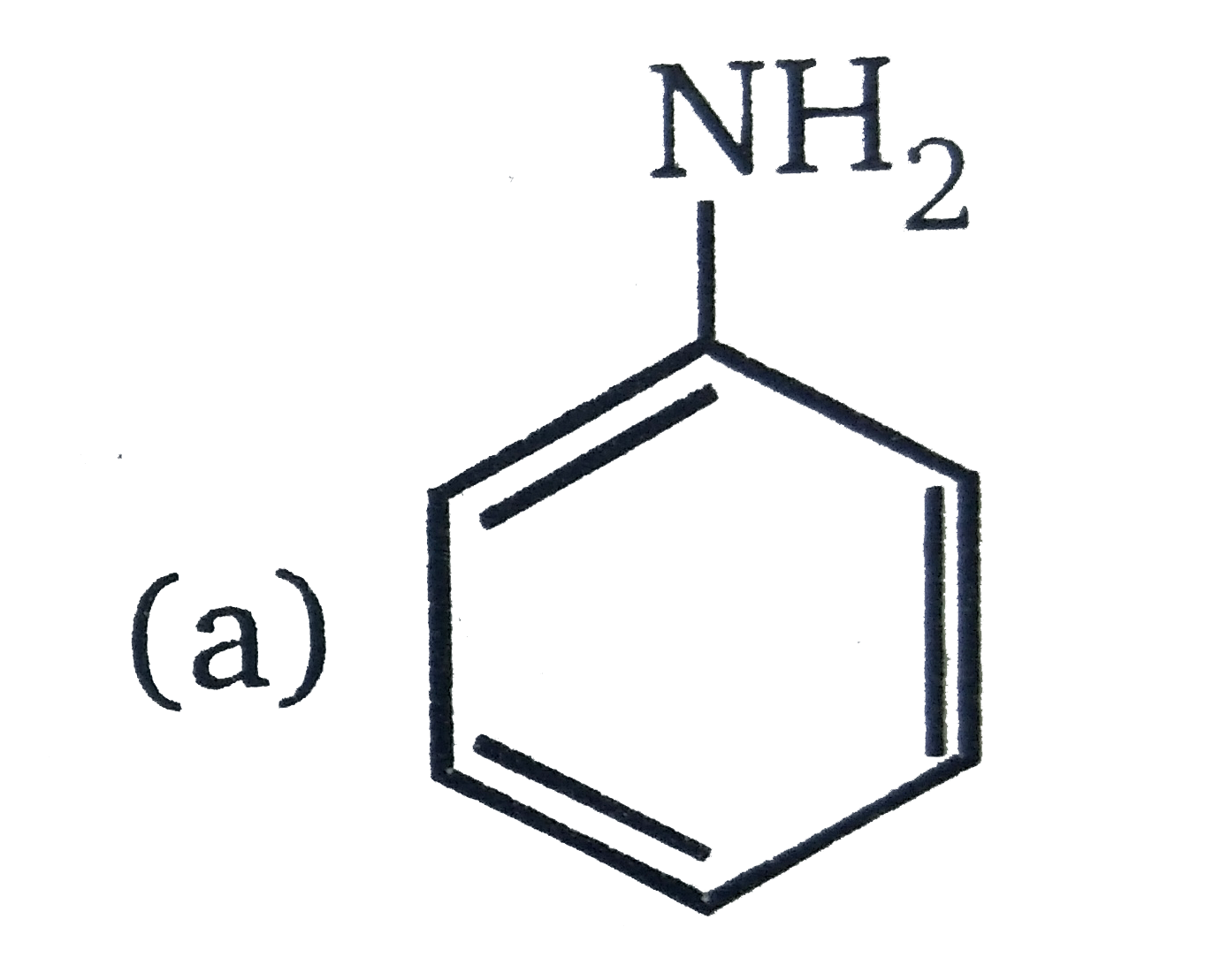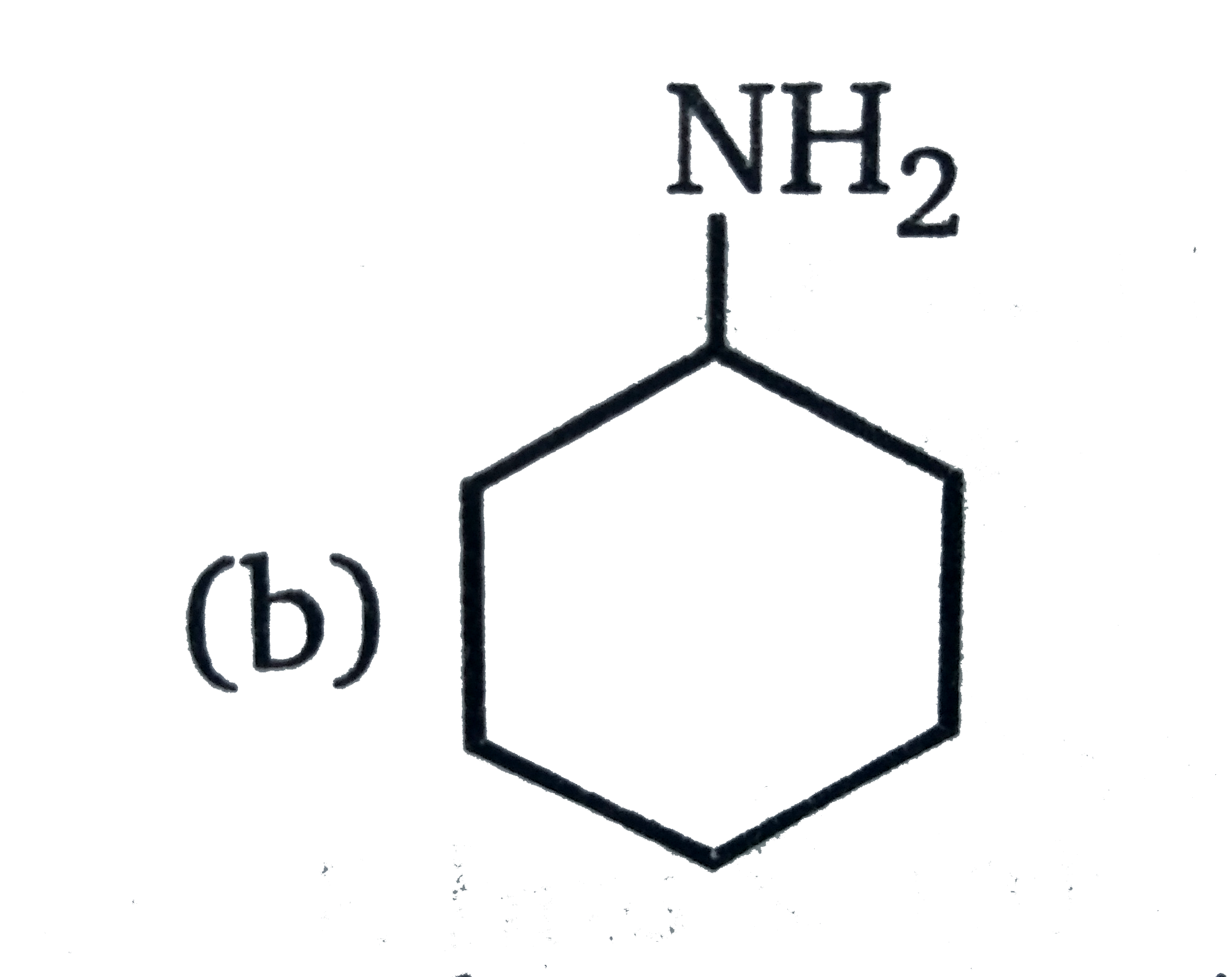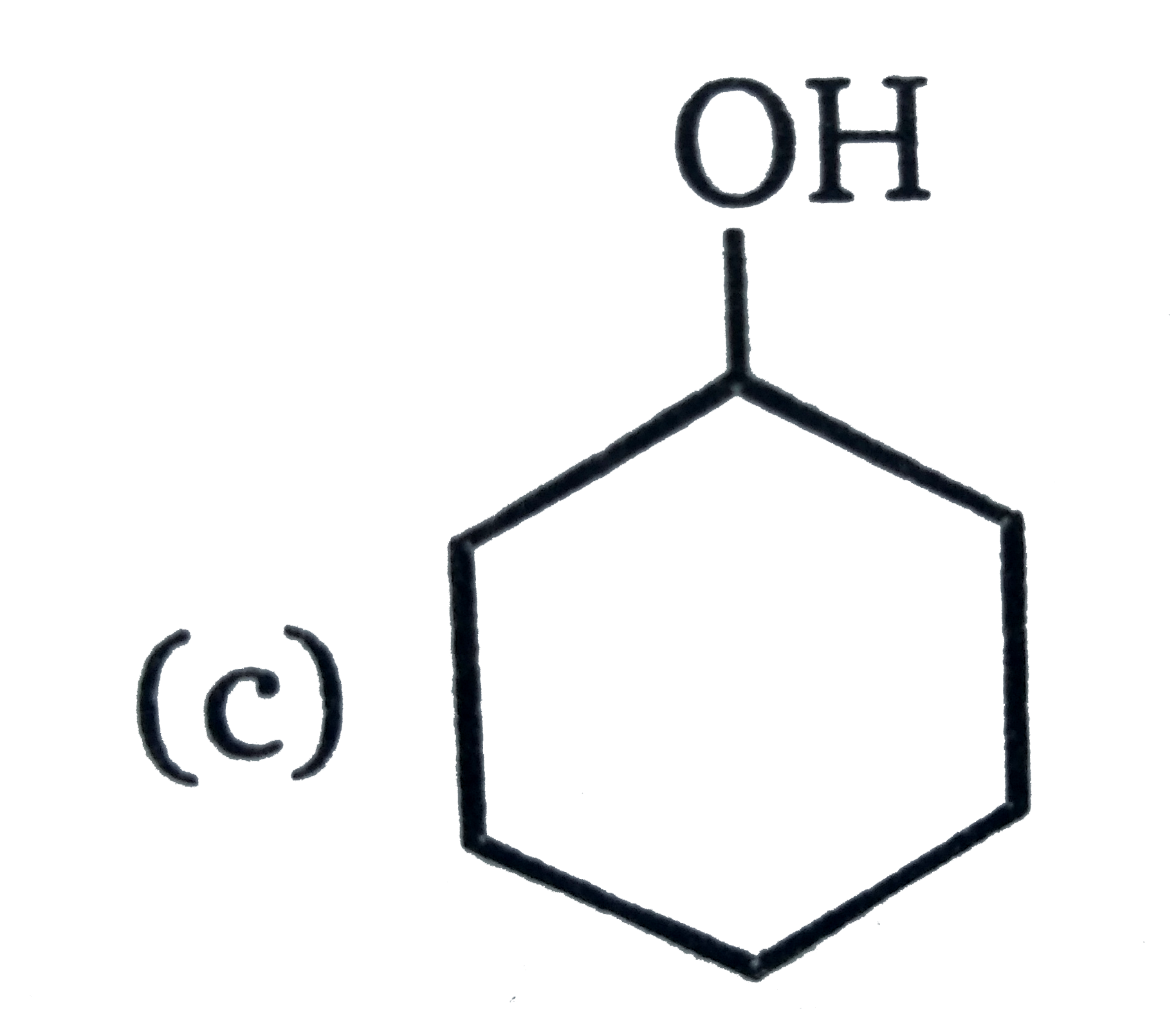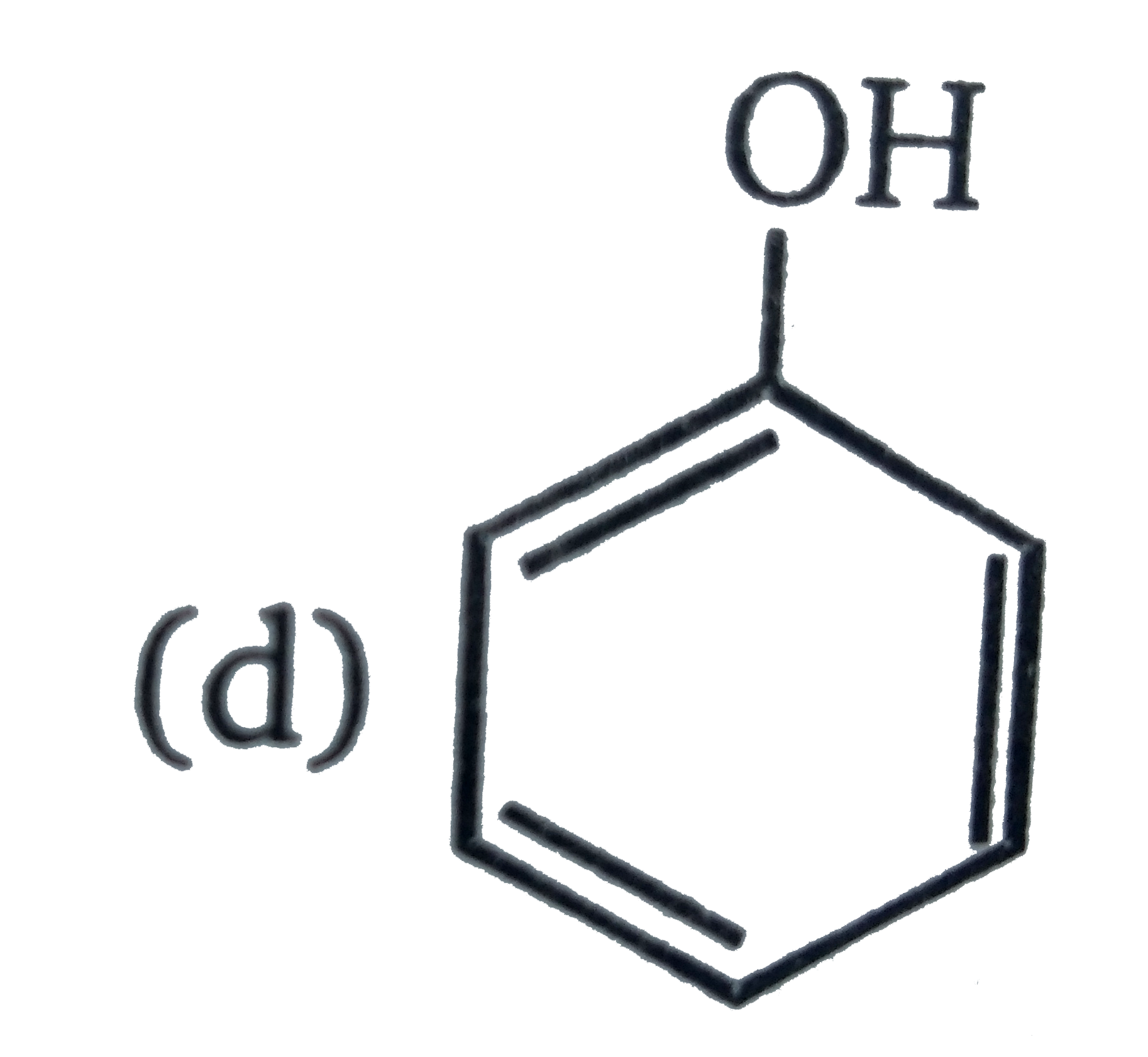Which of the following is the strongest Bronsted base ?




The correct Answer is:D
To determine which of the given compounds is the strongest Bronsted base, we need to analyze the availability of lone pairs of electrons in each option. A stronger Bronsted base is one that can readily accept protons (H⁺ ions), which is often related to the availability of free lone pairs of electrons.
1. Identify the Compounds:
Let's assume the compounds are:
- A: Aniline (C6H5NH2)
- B: Ammonia (NH3)
- C: Pyridine (C5H5N)
- D: A compound with a nitrogen atom bonded to two CH2 groups (e.g., N(CH2)2)
2. Analyze Compound A (Aniline):
- In aniline, the lone pair on nitrogen is involved in resonance with the benzene ring. This delocalization reduces the availability of the lone pair for protonation, making aniline a weaker base.
Hint: Look for resonance structures that can delocalize lone pairs.
3. Analyze Compound B (Ammonia):
- Ammonia has a lone pair of electrons on nitrogen that is not involved in resonance. Therefore, the lone pair is free and available for protonation, making ammonia a relatively strong base.
Hint: Check if the lone pair is involved in resonance or is free.
4. Analyze Compound C (Pyridine):
- In pyridine, the lone pair on nitrogen is part of the aromatic system and is delocalized. This delocalization reduces the availability of the lone pair for protonation, making pyridine a weaker base than ammonia.
Hint: Consider the effects of aromaticity on lone pair availability.
5. Analyze Compound D:
- The compound with nitrogen bonded to two CH2 groups has a free lone pair on nitrogen. Additionally, the CH2 groups exert a +I (inductive) effect, which increases the electron density on nitrogen, enhancing its basicity.
Hint: Look for electron-donating groups that can increase basicity.
6. Comparison of Basicity:
- Based on the analysis:
- Aniline (A) is the weakest due to resonance.
- Pyridine (C) is weaker than ammonia (B) due to aromaticity.
- Ammonia (B) has a free lone pair but is not enhanced by any electron-donating groups.
- The compound D has a free lone pair and is enhanced by the +I effect from the CH2 groups.
7. Conclusion:
- Therefore, the strongest Bronsted base among the options is Compound D.
Final Answer:
The strongest Bronsted base is Option D.
Let's assume the compounds are:
- A: Aniline (C6H5NH2)
- B: Ammonia (NH3)
- C: Pyridine (C5H5N)
- D: A compound with a nitrogen atom bonded to two CH2 groups (e.g., N(CH2)2)
- In aniline, the lone pair on nitrogen is involved in resonance with the benzene ring. This delocalization reduces the availability of the lone pair for protonation, making aniline a weaker base.
- Ammonia has a lone pair of electrons on nitrogen that is not involved in resonance. Therefore, the lone pair is free and available for protonation, making ammonia a relatively strong base.
- In pyridine, the lone pair on nitrogen is part of the aromatic system and is delocalized. This delocalization reduces the availability of the lone pair for protonation, making pyridine a weaker base than ammonia.
- The compound with nitrogen bonded to two CH2 groups has a free lone pair on nitrogen. Additionally, the CH2 groups exert a +I (inductive) effect, which increases the electron density on nitrogen, enhancing its basicity.
- Based on the analysis:
- Aniline (A) is the weakest due to resonance.
- Pyridine (C) is weaker than ammonia (B) due to aromaticity.
- Ammonia (B) has a free lone pair but is not enhanced by any electron-donating groups.
- The compound D has a free lone pair and is enhanced by the +I effect from the CH2 groups.
- Therefore, the strongest Bronsted base among the options is Compound D.
The strongest Bronsted base is Option D.
Topper's Solved these Questions
- GENERAL ORGANIC CHEMISTRYBook:MS CHOUHANChapter:GENERAL ORGANIC CHEMISTRYExercise:LEVEL- 1
Explore 1 Video
- FAMILIES OF CARBON COMPOUNDS: FUNCTIONAL GROUPS AND INTERMOLECULAR FORCES Book:MS CHOUHANChapter:FAMILIES OF CARBON COMPOUNDS: FUNCTIONAL GROUPS AND INTERMOLECULAR FORCES Exercise:ADDITIONAL OBJECTIVE QUESTIONS ( Matrix Match Type )
Explore 4 Videos
- GRIGNARD REAGENTSBook:MS CHOUHANChapter:GRIGNARD REAGENTSExercise:Level 1 (Q.61 To Q.66)
Explore 1 Video
Similar Questions
Knowledge Check
Which of the following is strongest Bronsted base
AClO−BClO−2CClO−3DClO−4Which of the following is the strongest base?
Atert-ButoxideBEthoxideCIsopropoxideDMethoxideWhich of the following is the strongest base?
AC6H5NH2BCH3NH2CNH3DCH3CONH2

